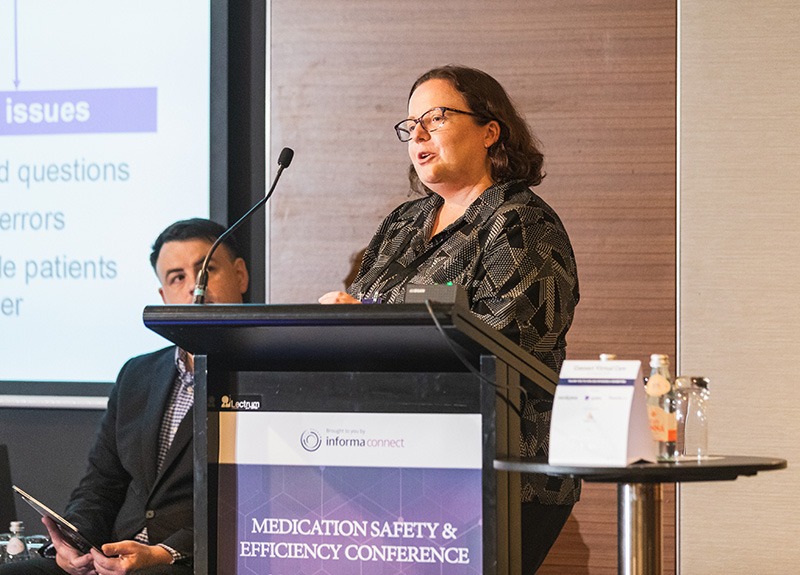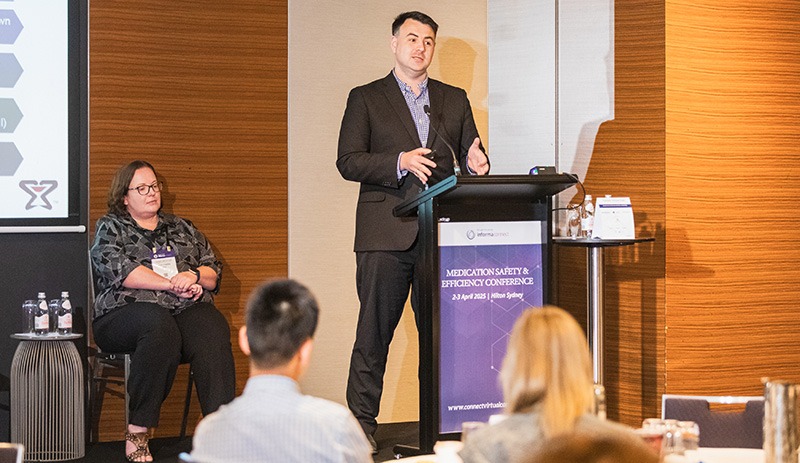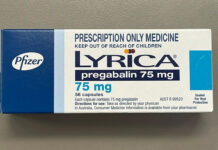There are five steps to Continuing Professional Development (CPD): plan, do, record, reflect and report.
1. Is planning the best method?
Developing a CPD plan for the CPD year is the best way to get the most benefit from time spent learning to ensure the education best meets the pharmacist’s requirements and the required amount of CPD credits are attained for the year.
The CPD plan should maintain your competence as well as extend your scope through the identification of gaps in your knowledge, using the National Competency Standards Framework for Pharmacists in Australia.1 The CPD plan contains activities the pharmacist intends to complete during the CPD year and should include a variety of tasks with a
mix of classifications, including interaction with other healthcare professionals or peers, where possible.
2. How do I develop a CPD plan?
To start developing the CPD plan, pharmacists need to identify their current scope of practice. This can be done using the competency standards framework (referred to above). Some competencies are universally applicable for all pharmacists, whereas some are specific to certain domains of practice. For example, Domain 3 Medicines Management and Patient Care or Domain 5 Education and Research may not apply to all pharmacists.
3. How do I include scope?
The next step is to identify areas requiring professional development that are relevant to your current scope of practice and any potential changes to your future scope. This can include areas such as cardiovascular health, genomic medicine, pathology, prescribing, mental health, leadership and management.
4. How do I choose?
Next, identify and record CPD options that are applicable to these areas, keeping in mind the number of credits and groups of CPD that are required. Be practical when deciding what CPD to undertake and find offerings that are manageable and fit in with your lifestyle, for example online workshops or webinars as offered by PSA.
5. Is my CPD plan adaptable?
The CPD plan is designed to be a fluid document that can be adapted when required. This may occur when CPD is identified, keeping this in mind each time you practise can help to ensure you better meet annual CPD requirements. For example, the next time you are researching a condition you may be able to record this unplanned activity as CPD.
PSA has a CPD planning tool,2 available free to members, that intuitively helps pharmacists through each of the required steps and automatically records your CPD completions to ensure you meet the board requirements. For more information, visit www.psa.org.au/cpd/plan-your-cpd/
Amassing CPD points
|
References
- Pharmaceutical Society of Australia. National Competency Standards Framework for Pharmacists in Australia 2016. At: psa.org.au/wp-content/uploads/2018/06/National-Competency-Standards-Framework-for-Pharmacists-in-Australia- 2016-PDF-2mb.pdf
- Pharmaceutical Society of Australia. Plan your CPD. At: psa.org.au/cpd/plan-your-cpd/



 Jess Hadley, community pharmacist and Professional Officer at PDL[/caption]
Jess Hadley, community pharmacist and Professional Officer at PDL[/caption]
 Peter Guthrey, Senior Pharmacist – Strategic Policy at PSA[/caption]
Peter Guthrey, Senior Pharmacist – Strategic Policy at PSA[/caption]


 Professor Margie Danchin[/caption]
Professor Margie Danchin[/caption]

 Dr Peter Tenni[/caption]
Dr Peter Tenni[/caption]
 How should we deprescribe gabapentinoids, according to the Maudsley Deprescribing Guidelines[/caption]
How should we deprescribe gabapentinoids, according to the Maudsley Deprescribing Guidelines[/caption]






